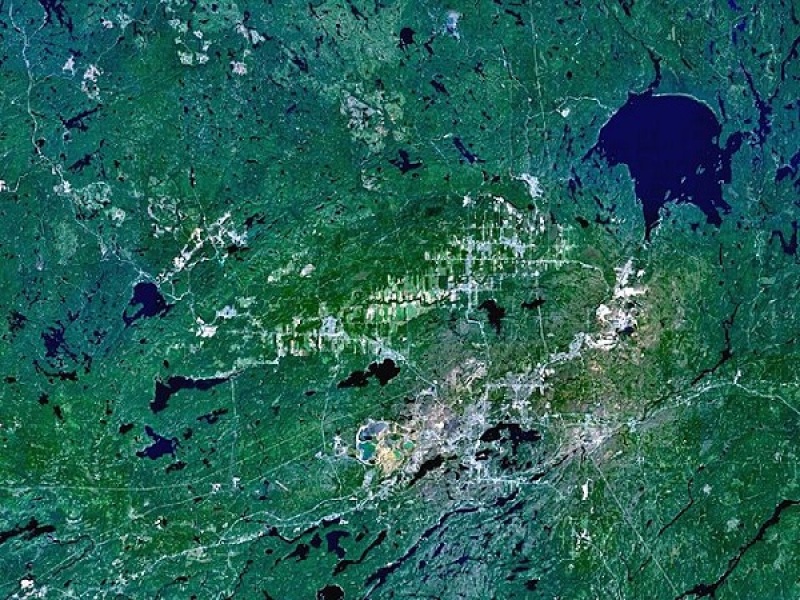
Researchers recently discovered that the massive crater in Canada was caused by a comet that crashed on Earth over 1.8 billion years ago, Live Science reported.
The Sudbury Basin in Ontario, which spans 60 by 30 kilometers, is considered by scientists as the world's second largest crater caused by an impact.
It caught the attention of the scientific community during the 1880s after miners working in the area began to discover rich deposits of valuable metals such as palladium, copper and nickel.
After inspecting the site, scientist immediately concluded that the crater was caused by a large impact due to the cemented rock fragments lining it.
In 2008, an article featuring the analysis of rocks in the crater revealed that the basin was formed 1,849.5 million years ago. The article was published in the scientific journal Geology.
Although scientists have already determined the age and nature of the crater, they could not identify the important factors that caused it.
The mystery behind the Sudbury Basin was finally solved after Laurentian University's earth sciences doctoral candidate Joseph Petrus and his colleagues visited the site and conducted a chemical analysis on the rocks, according to the Huffington Post.
Petrus explained that the Earth pulls siderophile elements towards its core. These are chemical elements such as gold and iridium that bonds with metallic iron. He noted that asteroids contain more siderophiles than comets.
Based on the level of siderophiles Petrus discovered in the Sudbury Basin, he concluded that a comet, not an asteroid, was the space rock that crashed and caused the massive crater.
Further analysis revealed that almost 1.9 million years ago, an enormous crater violently landed on the shallow portion of the ocean. During that time, the impact occurred near Nuna, the ancient supercontinent, Scientific American reported.
Petrus noted that the impact was so powerful that rock fragments and debris reached an area that is now known as Minnesota. The explosion created a crater that measured 150 kilometers across. Over time, the edges of the crater eroded which changed its shape.



















